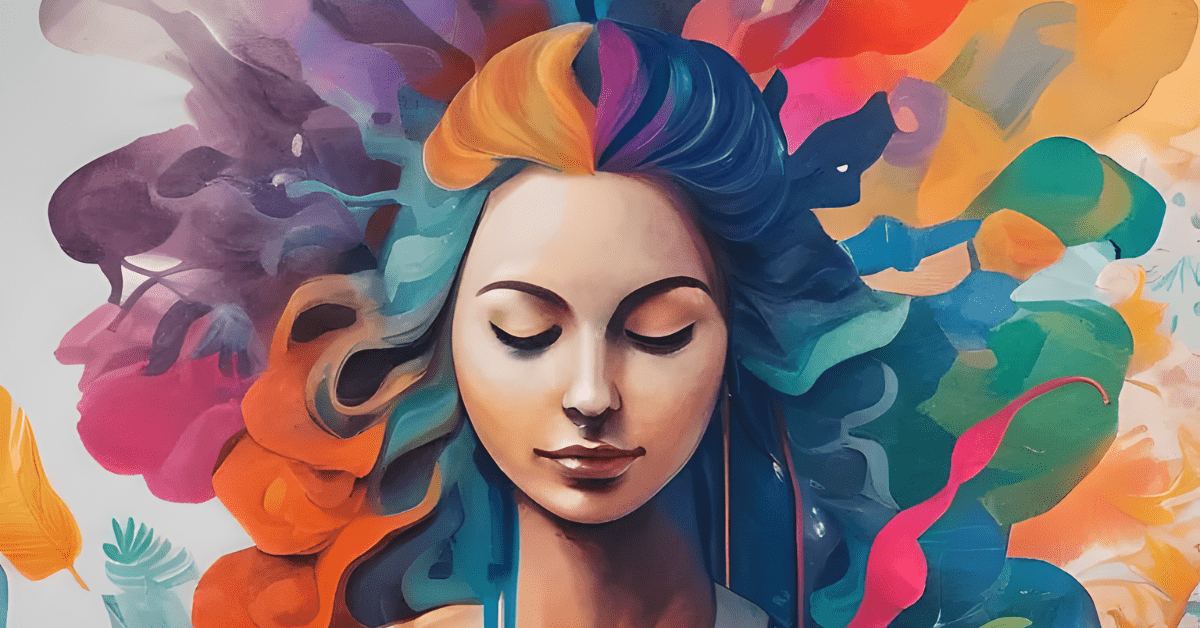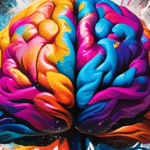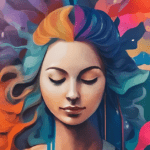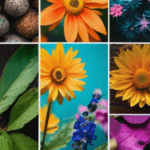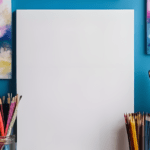In today’s fast-paced world, maintaining mental health and emotional well-being is more crucial than ever. One powerful way to achieve this balance is through mindfulness—a practice of being fully present and engaged in the moment. However, did you know that engaging in creative activities can significantly enhance and complement your mindfulness practices?
This article explores the fascinating connection between creativity and mindfulness and how this intersection can lead to improved mental health and emotional well-being.
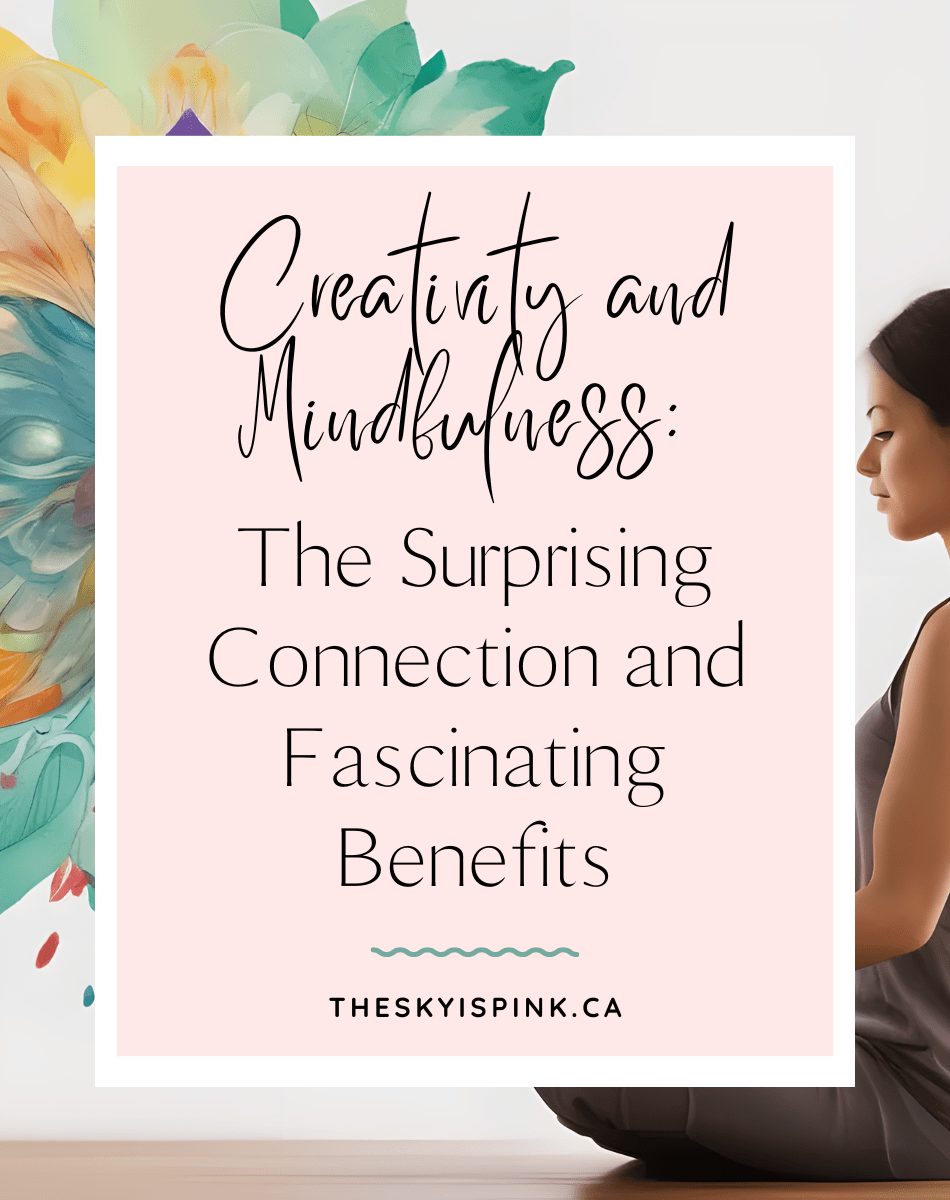
Disclaimer: This post may contain affiliate links, which means I’ll receive a commission if you purchase through my links, at no extra cost to you. I only recommend products I would use myself. Please read the full disclosure for more information.
The Relationship Between Creativity and Mindfulness
Mindfulness Defined
Mindfulness is the practice of being fully present, aware of where we are and what we are doing, and not overly reactive or overwhelmed by what’s happening around us.
This practice is known for its profound benefits, including:
- Reduced stress
- Increased focus
- Enhanced emotional regulation.
For those new to mindfulness, a great resource to start with is “The Miracle of Mindfulness” by Thich Nhat Hanh, which offers practical advice and techniques to cultivate mindfulness in daily life.
Creativity as a Form of Mindfulness
Creativity, on the other hand, involves generating new ideas, exploring novel concepts, and engaging in activities that stimulate our imagination.
Interestingly, creative activities often require a level of presence and focus that mirrors the principles of mindfulness.
Whether you’re painting, writing, or playing music, these activities demand your full attention and immerse you in the present moment.
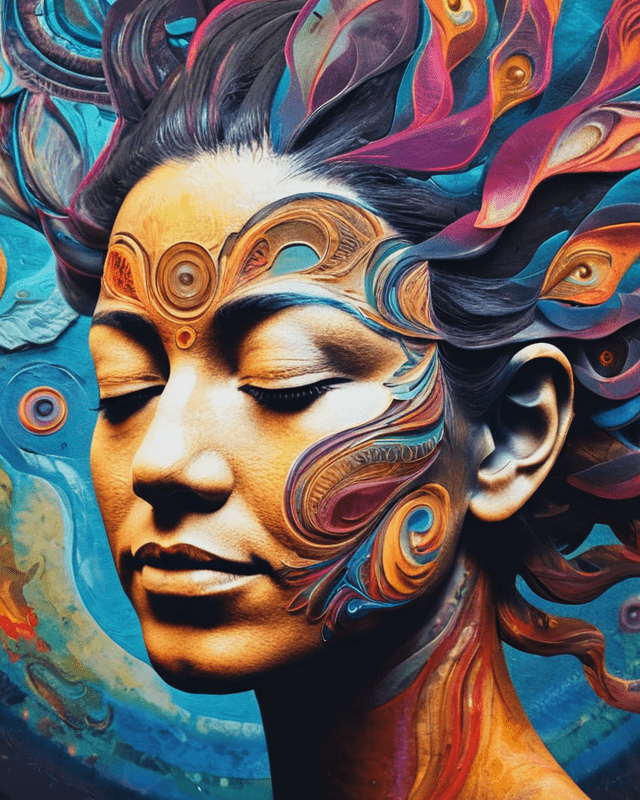
The Mutual Benefits
Research has shown a strong connection between creativity and mindfulness. Studies suggest that engaging in creative activities can improve mindfulness skills, and practicing mindfulness can, in turn, enhance creativity.
According to a study at Drexel University, 45 minutes of creative activity significantly reduces stress in the body, regardless of artistic experience or talent. Therefore, exploring and embracing the connection between creativity and mindfulness can lead to a more balanced, peaceful life.
How Engaging in Creative Activities Promotes Mindfulness
Mindful Drawing or Painting
Focusing fully on the sensations, colours, and experience of drawing or painting can be a deeply meditative practice.
As you immerse yourself in the process without judgment, you cultivate a mindful state that can reduce stress and enhance emotional well-being.
Writing with Intention
Mindful writing involves focusing on your present emotions and thoughts, allowing you to process and reflect on your inner experiences. This practice can serve as a powerful form of meditation, helping you to develop greater self-awareness and emotional clarity.
Using a guided journal such as our own Guided Bullet Journal available on Amazon, can help structure your writing practice and keep you engaged.
Crafting and Building
Engaging in tactile activities like pottery, knitting, or model building requires focused attention and presence. The tactile sensations and repetitive motions involved in these crafts can promote a state of mindfulness, helping you to stay grounded and centred.
If you’re interested in exploring knitting, a beginner’s knitting kit like the “CraftLab Knitting Kit for Beginners” can be an excellent way to start and experience the mindful benefits of crafting.
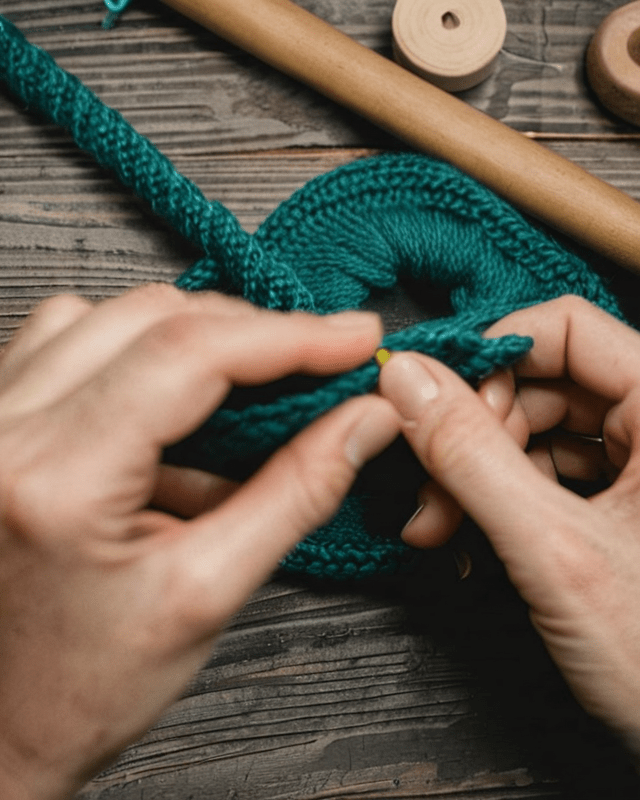
Nature Photography
Taking mindful walks with a camera encourages you to focus on capturing the moment with intention and attention to detail. This practice not only enhances your mindfulness but also allows you to appreciate the beauty of the natural world.
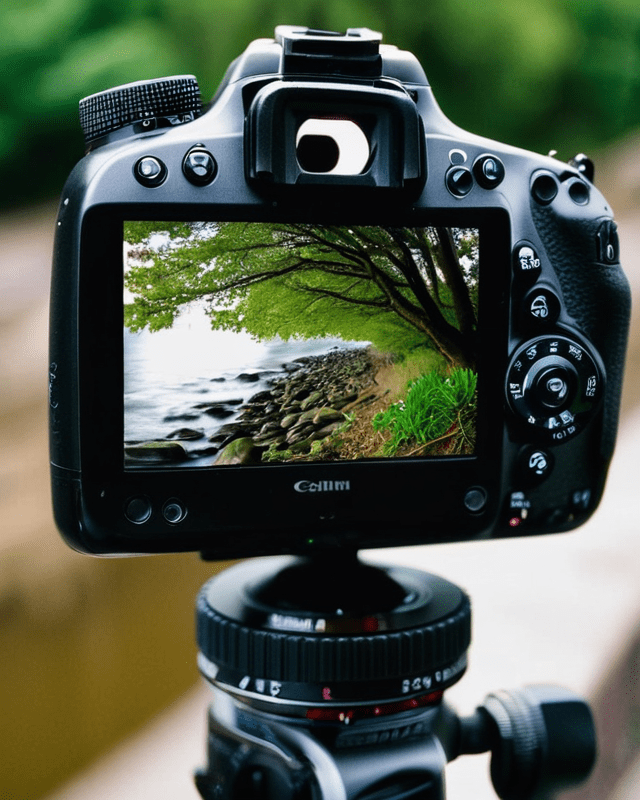
Music and Mindfulness
Playing or listening to music attentively can be a profound practice that unites creativity and mindfulness. By immersing yourself in the melodies and rhythms, you can cultivate a deeper sense of presence and emotional connection.
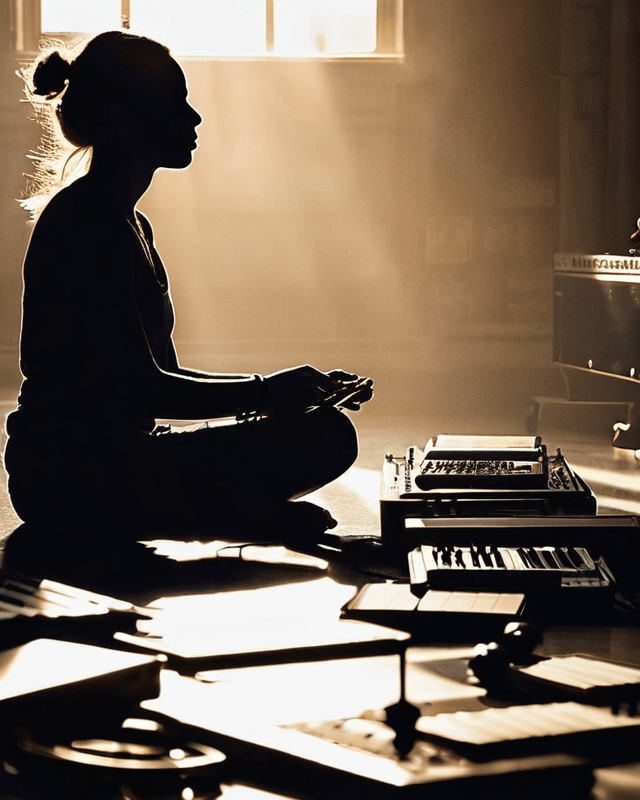
The Benefits of Cultivating Mindfulness Through Creativity
Overcoming Challenges at the Intersection
Incorporating creativity into mindfulness practices offers numerous benefits for mental health and emotional well-being. It can reduce stress and anxiety, improve mood, and increase self-awareness. However, there are common barriers to integrating these practices, such as self-judgment, perfectionism, and distractions.
Strategies to Overcome Barriers
To overcome these challenges:
- Consider setting a timer to practice for short, consistent periods.
- Create a designated, distraction-free space for creative work.
- Embrace the process without worrying about the outcome.
- Allow yourself to explore and experiment freely.
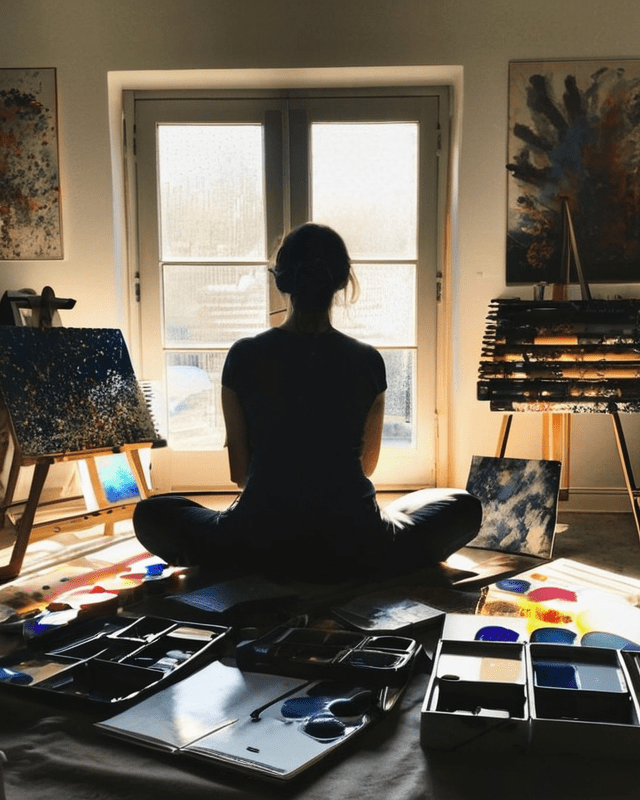
Embrace Your Creative Journey to Mindfulness
Exploring the intersection of creativity and mindfulness can lead to a more balanced, peaceful life. By engaging in creative activities mindfully, you can enhance your mental health and emotional well-being.
Start small, experiment with various creative activities, and discover what best helps you achieve a state of mindfulness.
The journey to inner peace is deeply personal, and exploring creativity can be an essential part of that journey. Try integrating creativity into your mindfulness practices and see the positive impact it could have on your life.
Share this article with a friend and spread the message about the benefits of incorporating creativity into mindfulness practices. Let’s embark on this journey to inner peace together!
Don’t miss out on new postings at The Sky Is Pink! Leave your email and you’ll be notified when a new article is available to read. That’s it. We won’t email you about anything else.
Other Articles
- 10 Fascinating Facts About Art from Neuroscience
- How to Start a Creative Journey
- Creativity and Mindfulness: The Surprising Connection and Fascinating Benefits
- Top 3 Places to Maximize Inspiration and Spark Your Creative Flow
- Enrich Your Creative Imagination with the Art of Observation
- Drawing a Blank? Tips for Generating Ideas and Selecting Creative Subjects
